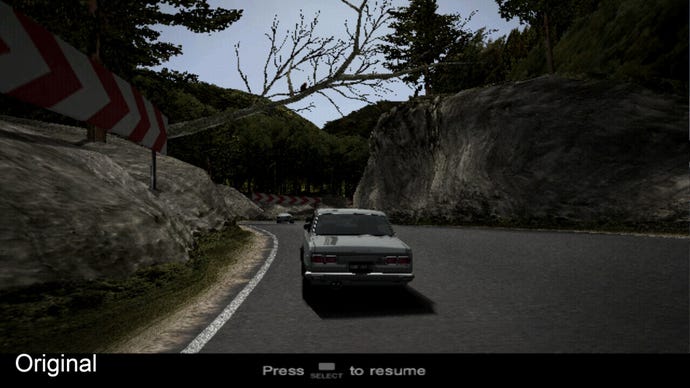When Graphics Matter: The Impact of the PlayStation 2 on its Fifteenth Anniversary
As we near the anniversary of the PlayStation 2's release in Japan, Kat reflects on the console that truly was a graphical watershed.
This article first appeared on USgamer, a partner publication of VG247. Some content, such as this article, has been migrated to VG247 for posterity after USgamer's closure - but it has not been edited or further vetted by the VG247 team.
I still remember the first moment I saw the PlayStation 2 in action. Someone had started up Madden 2001; and as I watched in awe, the camera panned over an incredibly detailed recreation of the Edward Jones Dome as Kurt Warner, Torry Holt, and other recognizable St. Louis Rams players ran onto the field. It was astonishing; superior to even the Dreamcast's NFL 2K, and light-years beyond what was possible on the original PlayStation.
I think back to that moment often. I've been impressed plenty of times since then—BioShock's amazing first moments in the storm-tossed sea, Call of Duty 4's nuclear detonation, and Skyrim's terrifying dragon attacks all come to mind—but the PlayStation 2 was the transition point. My first glimpse of the Edward Jones Dome was also my first real look at modern gaming as we know it today.
We like to discount the power graphics have to inform our gaming experiences, especially with comparatively simple indie games regularly opening new frontiers of design, but most every gamer has had an experience similar to the one I had with the PlayStation 2 experience. It's akin to a religious experience; a feeling that the whole world is shifting beneath your feet. I had seen my share of Dreamcast games and PC games up until that point, many of them very impressive, but it was that moment that really drove it home. And for all the advances in gaming since then, I haven't had that feeling since.
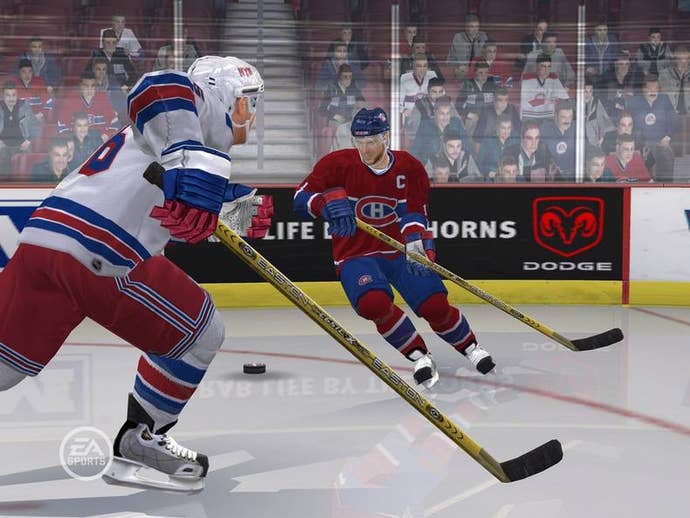
Better Than Toy Story
An apocryphal story from the launch of the PlayStation 2 has Sony claiming that their system's graphics would be on par with what had been produced for Toy Story a few years earlier—a supposed claim that was met with much derision in the years that followed.
In fact, Microsoft was the only company to directly compare that generation's graphics to Pixar's seminal film. The closest Sony came was a statement in 1999 that their "Graphics Synthesizer" would outputs graphics "comparable to movie-quality 3D graphics in real time." Still, the comparison stuck.
Most observers point to the first Metal Gear Solid 2 trailer as the console's first real watershed moment. At the time, Metal Gear Solid was arguably the PlayStation's most important exclusive, running neck and neck with Final Fantasy for the honor. The first Metal Gear Solid 2 reveal was a jaw-dropping moment that remains firmly entrenched in E3 lore.
Commenting on the trailer afterward, IGN's David Zdyrko wrote at the time, "In what seemed appropriate given the cinematic quality of the footage we were about to see, it opened up with the same green screen that comes before movie trailers, except that this one stated "The following PREVIEW has been approved for ALL AUDIENCES by the Gaming Association of Konami." What followed was a preview demonstration that was more dramatic and stirred a greater emotional response than any movie trailer this editor has ever witnessed—even surpassing the first movie trailers for Star Wars Episode 1."
Most of the impressions went that way. Writers quickly ran out of superlatives to describe what they had seen. Of course, we all know what happened next, what with Metal Gear Solid 2 being one of the great fakeouts of all time. But it's hard to convey just how dumbstruck everyone was by the potential of the PlayStation 2 in those giddy early days.
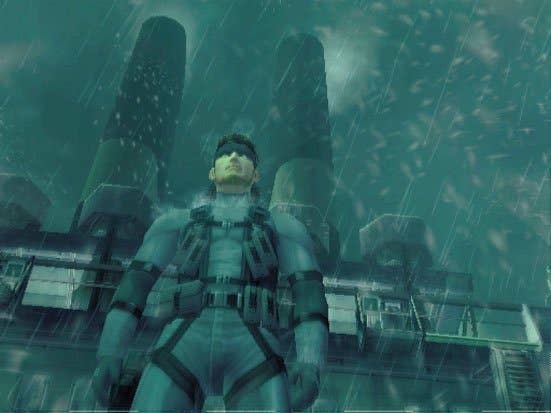
For console owners, at least, it was a staggering leap from the N64 and PlayStation 1. Characters went from looking like they were cobbled together out of triangles to real people. Textures and environments became more than a blur of brown and green, with the odd building to break it all up. Snake finally had eyes.
As we entered the PlayStation 2 generation (and truly, that console's dominance was so great that it deserves to be referred to as such), the previous generation became mostly obsolete. A handful of games from that era still hold up, Suikoden II and The Legend of Zelda: Ocarina of Time being two games that spring immediately to mind, but they are few and far between. The PS2 laid bare the technical limitations of the PlayStation 1 and Nintendo 64, and it wasn't long before the 32-bit generation faded to black.

Brave New Worlds
The impact of the PlayStation 2's graphical prowess, and later that of the GameCube and the Xbox, could be felt most keenly in three genres in particular—action games, shooters, and sports games.
As it happens, I owned Madden 2001 on the PlayStation the year that the PlayStation 2 came out, so I had a direct point of reference. I derived my share of enjoyment from Madden on the PlayStation, but I still remember the boxy-looking players, the pixellated stadiums, and the basic animation. The difference wasn't nearly as stark for PC owners, but Madden '01 on the PlayStation 2 was my introduction to what a real sports simulation might look like, and I wasn't alone.
Madden NFL had been extremely popular up to that point, anchoring EA's sports lineup through the days of the Sega Genesis and beyond, but Madden didn't truly become a pop culture phenomenon until the PlayStation 2-era came around. All the sudden it became a talking point for both celebrities and players alike. Its graphics, which finally approached something resembling "lifelike," made it easier to take its Super Bowl simulations seriously. Appearing on the cover became a high honor (and a curse). Rising development costs and complexity, as well as the advent of exclusive licenses, would later hurt sports games in unforseen ways, but there was no denying the impact of smoothly-animated, realistic-looking graphics in a genre that strove to simulate real life events.
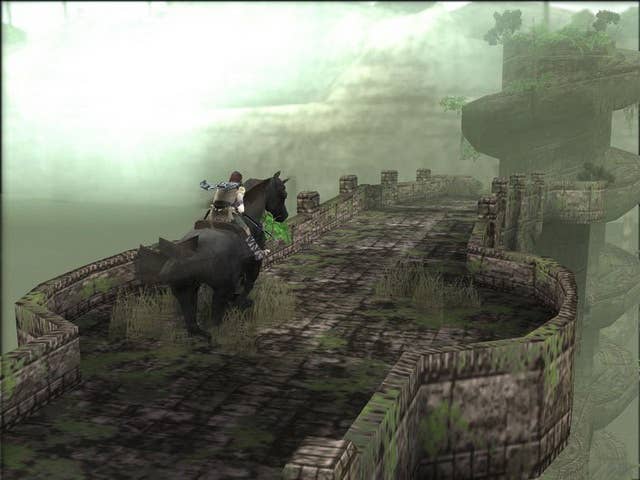
Action games, meanwhile, found new life on PlayStation 2-era consoles. Dramatically improved character models, better cameras, and smoother animation made it easier to convey the speed and impact of the action in games like Devil May Cry, Prince of Persia, Ninja Gaiden, and later, God of War. In Shadow of the Colossus, gigantic creatures the likes of which would have been impossible to convey on 32-bit consoles made players feel like ants. And then there was Grand Theft Auto III. What had been a silly top-down crime game rose dramatically on the strength of its large, fully-explorable city, which popularized the term "sandbox game." Though it could charitably be called "janky," it served to open up a new frontier of gameplay on consoles that remains extremely relevant today.
3D action games, sports games, and first-person shooters (the rise of which has been catalogued exhaustively) all existed in one form or another in the 32-bit generation, but they didn't round into what we would recognize as their modern forms on consoles until the PlayStation 2 and its ilk came on the scene. Each of them found unique expression in enhanced graphics, and in the case of shooters, new control schemes.
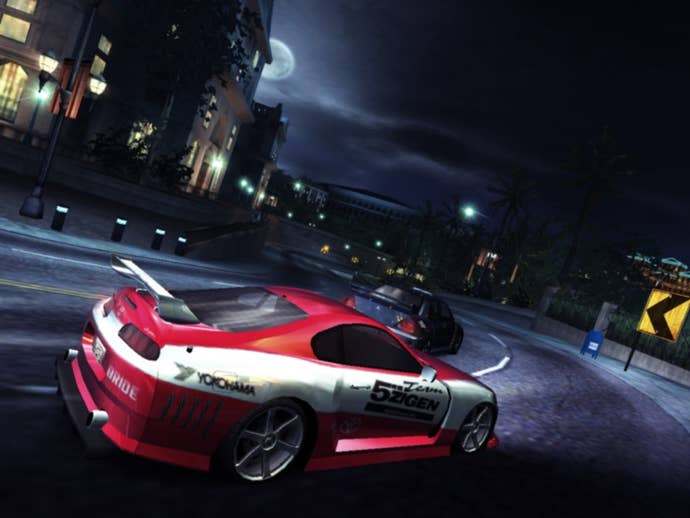
It was an interesting period of experimentation for the medium, which tends to get overlooked in light of the PlayStation 2 being the successor to the first 3D consoles. The changes the PS2-era wrought weren't as revolutionary, but they were certainly dramatic in a way that later generations really weren't, pressing forward with innovation on all fronts. It was truly an interesting time to be a gamer.
By the end of the generation, the gaming landscape had been dramatically altered. First-person shooters were king, God of War and Resident Evil 4 were defining the look and feel of a new wave of AAA games, and Guitar Hero was setting the stage for the explosion of the rhythm genre in the popular consciousness (later to be destroyed by Activision and EA, but I digress). It was a brief generation, lasting only around five years before giving way to high-definition consoles, but it did more than its share to usher in a new age of gaming.
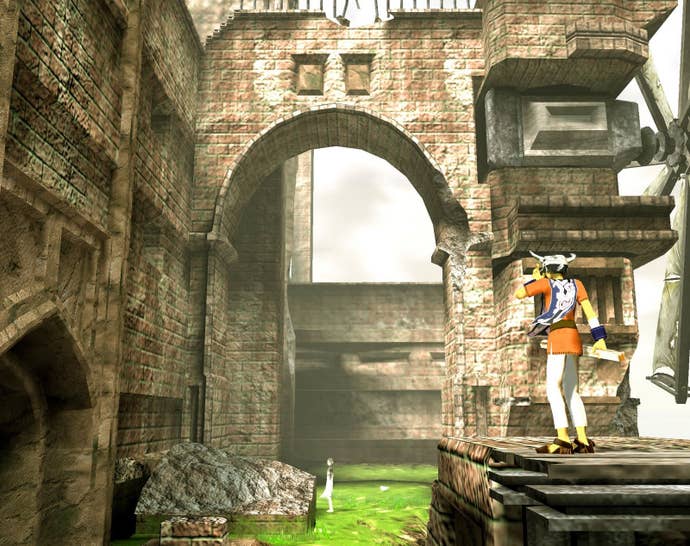
Fifteen Years Later
It's not a concidence that many PlayStation 2 games remain firmly lodged in the public consciousness. The likes of God of War and Resident Evil are definitely showing their age; but others, like Persona 3, Final Fantasy XII, and Ico still hold up in a way that 32-bit games certainly don't.
Around the middle of the Xbox 360/PlayStation 3/Wii generation, PlayStation 2 and Xbox games started being re-released in high-defintion. Freed of the shackles of 4:3 standard definition graphics, many PlayStation 2 games showed that they were, if not the equal of their modern counterparts, at least very playable. They speak a language that modern audiences understand, both visually and in terms of gameplay, making them easy to translate to more modern consoles.

in many ways, the PlayStation 2-era was the last graphical watershed for gaming—a period where graphics could still change the way we thought about and approached the medium. The years that followed were more about refinement, honing what was established in the PS2-era to a fine point. There's no doubt that games look far better than they did just a few years ago, but we live in a more cynical age now. You won't see the same kind of shock and amazement that greeted the reveal of Metal Gear Solid 2.
In that, games are a medium that has come of age. In some ways, I'm sad to see the excitement generated by graphical advances dissipate. In others, I'm grateful. But there's no doubt we live in a different era—an era that began with the PlayStation 2.
